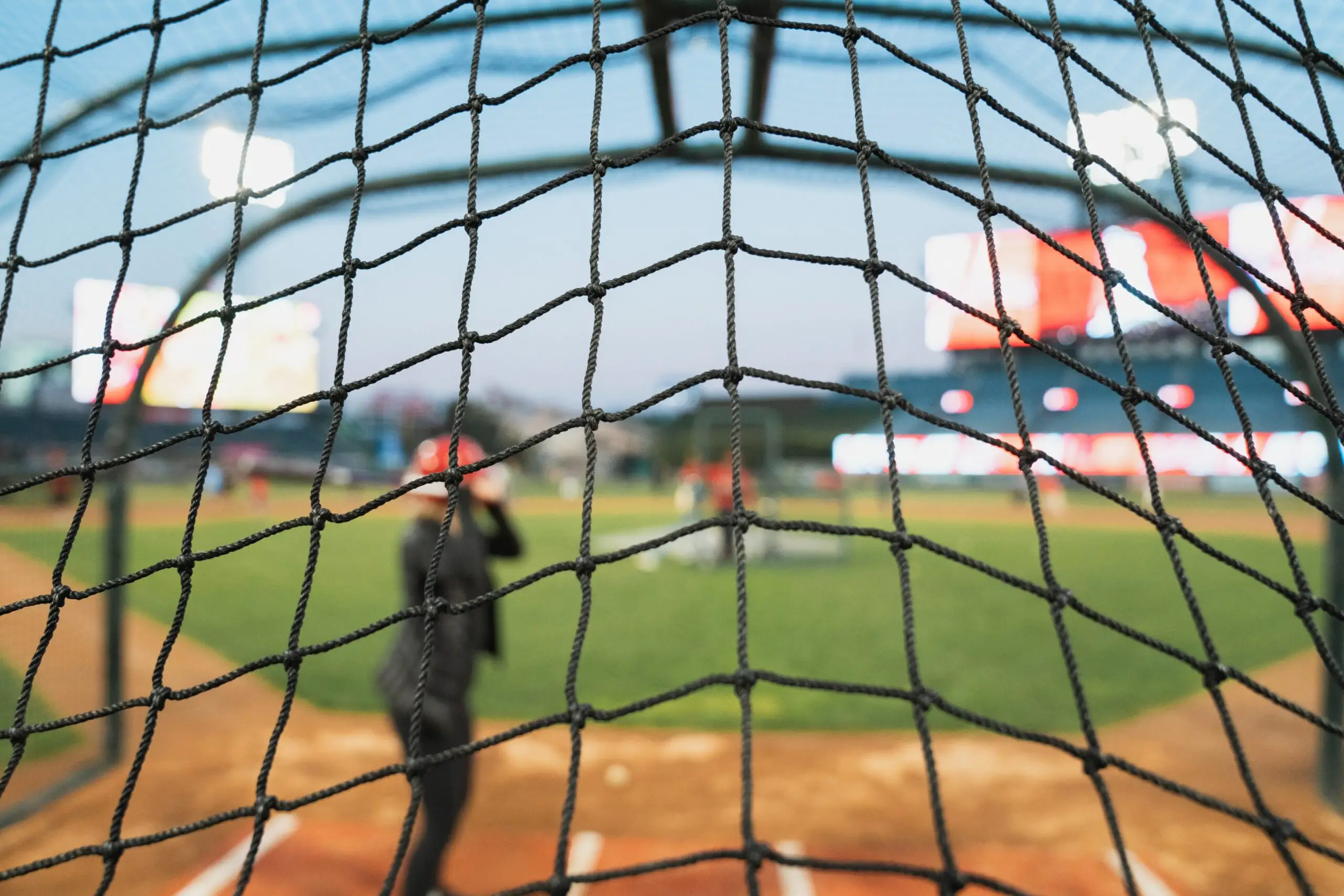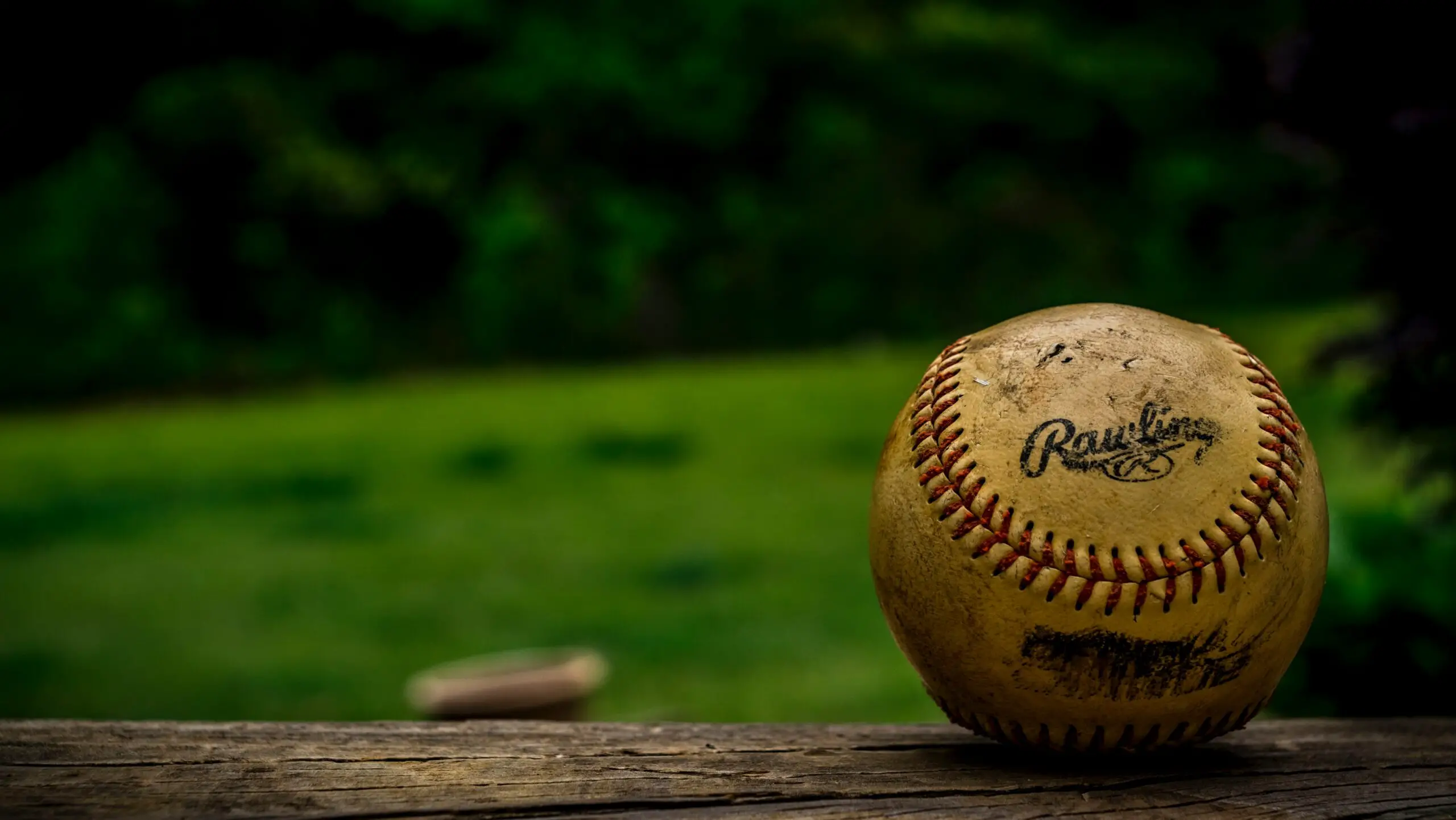Chances are you’ve probably heard the phrase, “Champions are made in the offseason” and that couldn’t be truer when it comes to pitchers. For pitchers, increasing endurance and velocity is paramount to a successful season. A rigorous strength training and conditioning program in the offseason can help you get there. In one offseason, a good workout program can help you add 20 to 30 pounds of lean muscle mass. This will not only increase your pitching speed but also improve your overall endurance in late innings.
The Importance of Off-Season Training
Sticking to a demanding strength training program is difficult to do during the regular season and it’s generally not recommended. Intense workouts can have a negative impact on your pitching. That’s why offseason workouts for pitchers are so important. Adding a new pitch to your repertoire or refining some mechanics are great for offseason pitching workouts but a dedicated strength training program will greatly improve your endurance and pitching velocity.
If you truly want to be a great pitcher, it is going to take hard work, patience, and dedication. None of the greats simply walked up to the mound one day and decided they were great pitchers. No, they trained for it and eventually earned it. Strength and conditioning are both incredibly important when it comes to pitching. Being in elite-level shape will reduce the risk of injury, keep your body healthy, and lead to better results when pitching. It doesn’t matter what level you play at; every pitcher needs strength and conditioning training to perfect their pitch.
Effective workouts aren’t just for the body, the mind needs a reset as well. Pitching is a mental game and that is why we recommend a series of mental workouts in addition to the physical ones. Being in the right mindset will improve your game and help you stay focused on the task at hand. Remember, being an elite level pitcher will take hard work and dedication. So, get ready for an intense offseason pitching workout that will help increase your overall strength, endurance, and velocity.
“Unless commitment is made, there are only promises and hopes; but no plans.”
– Peter F. Drucker
Off-Season Training Phases
First thing’s first, we should clarify that the professional off season is quite a bit different than an amateur off season. Pros don’t usually need as much rest and recovery time. They have a shorter off season for a reason. At the amateur level, especially at the youth level, pitchers need to let their arms recover for a longer period of time. Additionally, younger players will need a different training schedule. They should not have as strenuous of workouts as adult or collegiate level pitchers.
The most important thing is that athletes always listen to their bodies. Everyone is different and each body will have specific needs. A training regimen will depend on the players age, fitness level, and athletic development. There is no one size fits all off-season workout. Make sure that you are training hard but listening to your body when it tells you that it’s time to take a break.
The off season should be broken up into different training periods. Each phase there will be a different focus. Having different objectives throughout each training phrase allows for mind and body rest. All the while, skill will continue to develop throughout the off season. The four training phrases include off-season, pre-season preparation, and pre-season.
Off-Season
The first training season is the off-season. This will run somewhere from October to December depending upon how long the season lasts. Depending upon the intensity of your pitching, you may want to take a couple weeks of rest immediately following the season so that your shoulders, arms, and body have time to recover. Pitching is very strenuous. The throwing motion of pitching is not a normal motion for the human body. In youth athletes especially, it is immensely important to allow for proper rest and recover following a strenuous season.
During the off-season training phase focus on building strength with conditioning workouts. Additionally, pitchers should be building skill through regular practice drills. Addressing the finer mechanics of pitching should be done in a later off-season training phase.
Pre-Season Preparation
Pre-Season Preparation will last for two months: January and February. You should continue to maintain your strength and conditioning program, but you may want to focus on building lean muscle mass during this training phase.
In pre-season preparation, you can begin identifying and addressing some of the technical mechanics of your pitch. Using video analysis and other training tools can help you determine where you may need some help. Having a good idea of your strengths and weaknesses will give you an idea of what you should focus on during the next training phase.
Pre-Season
The pre-season training phase will begin in the Spring, during March and April. You should continue to maintain your strength training routine, but you can start focusing on building endurance. Adding more cardio workouts will help you increase your ability to stay on the field longer.
This training phase is the ideal time to begin refining your pitching mechanics. Since you previously identified your weaknesses, have a coach go over them with you. They should be able to give you valuable insight and some drills to help address your technique or tighten up your pitch.
The Workout Plan
The pitcher’s off-season workout plan includes several different exercises for each area of the body. By the end of the off-season, you should see an increase in your pitching velocity and endurance. Use the following exercises to create a customized plan that suites your specific needs.
Legs
The lower body needs to be developed in order to develop the leg drive power needed for harder and faster pitches.
- Squats: 3 Sets of 8 – 12 reps
- Lunges: 3 Sets of 8 – 15 reps repeat for each leg
- Deadlift: When performed correctly, deadlifts work the entire body including the legs and shoulders. It is one of the best full-body strength building exercises you can do. Perform 3 sets of 8 – 12 reps for maximum results.
Core
Developing a stable core is essential for increasing velocity. When trained correctly, the core can effectively deliver stored kinetic energy to the upper body, the arm, and the wrist. Additionally, a stable core will help a pitcher maintain good posture while throwing.
- Planks: Hold for at least 60 seconds
- Side Planks: Hold for at least 60 seconds
Arms and Chest
Is there any part of the body that gets used more than the arms and chest as a pitcher? Probably not. That is why it is essential to keep the upper body in peak health. A decent arm routine for a pitcher should not be intense. Instead, it should focus on keeping the arms healthy.
- Push Ups: Pushups make an excellent exercise. For starters, the entire body must remain stationary. Additionally, they provide a safe and effective workout. Push-ups should absolutely be in every pitcher’s workout regimen, 20 – 60 Reps
- Pull Ups: 3 sets of 8 – 12 Reps
- Lateral Arm Raise: 3 sets of 8 – 15 Reps for each arm
- Front Raise: 3 sets of 10 Reps. All raises can be done with a resistance band or dumb bells depending on what is available.
- Side Raise: 3 sets of 10 Reps
- Rear Raise: 3 sets of 10 Reps
Back and Shoulders
There may be no area more important when it comes to avoiding injury than the back and shoulders. Pitching is incredibly taxing on these areas. The back and shoulders need to be in tip top shape in order for you to feel your best.
- Back Raises: 3 sets of 12 – 20 Reps
- Stability Ball Push Ups: 20 – 60 Reps
- External Rotations: External rotations are the best exercise for strengthening and protecting the rotator cuff. As with raises, external rotations can be done with a resistance band or with a dumb bell depending on availability. Do 3 sets of 8 – 15 reps.
Cardio
Regular cardio will help increase your stamina and late-inning endurance. You’ll find that you can pitch longer and harder when you add regular cardio into your workout routine. Pitching requires short bursts of energy so its better to stick to cardio that does the same. HIIT workouts, plyometrics, and sprinting are all excellent choices when for an off-season cardio workout. Both will provide you with an amazing cardio workout with short bursts of intense physical activity. Some other options include a mix of jumping jacks, mountain climbers, jump rope, and burpees.
- HIIT
- Plyometrics
- Sprinting
- Mix of jumping jacks, mountain climbers, jump rope, or burpees
Stretching
Stick to active dynamic stretching in the off-season. Your limbs need to reflex as a pitcher, kind of like a rubber band. At a minimum, a good dynamic stretching routine should include:
- Arm and wrist circles
- Knee and hip circles
- Leg swings
- High knees
- Side shuffles
Mobility
Keeping mobility up in the off-season can be a challenge. That’s why pitchers should be doing regular mobility exercises. They don’t take very long and can even be done first thing in the morning after waking up. Once you get into the habit of performing regular mobility exercises, you won’t know how you ever got a long without them.
- Doorway Slides
- Shoulder Passovers
- Reverse Hurdles
- Squat Rocks
How to Put an Off-Season Pitching Workout Together
For the most effective results and an efficient workout, exercises should be grouped together by type. A highly effective workout program will include active sessions that target specific areas of the body. Never just pick exercises at random. Muscle groups need periods of active rest to recover. For example, after working the legs, rest them so they can recover and work on the upper body instead.
Consider your work out location. Take into consideration the tools available, the time needed for each workout, and the amount of time it will take to get from one machine to the next. For efficiency, utilize the layout of the gym to your advantage.
Doing all reps and sets is important for achieving the desired results. Never skip reps or sets if you want maximum effectiveness. Muscles need training and every rep will increase your strength. Skipping sets can allow the muscles to be come too familiar with the routine, diminishing your results.
An effective off-season pitching workout will prioritize quality over quantity. You may not need to work out every day, but you need to make sure that you are putting in the effort. The following guidelines may help when deciding how many days per week to train.
- Youth players up to 12 years old: 2 or 3 days each week
- 12 to 14 years old: 3 days each week
- 15 to 17 years old: 4 days each week
- 17+ years old: 4 or 5 days each week
In order to keep things fresh, consider changing up the routine every month. Training should never be boring, there should always be something new to do and learn.
Remember, never mold the player around the training program. Design the training program around the particular player. Each person has different needs, weaknesses, and schedules that will need to be addressed.
Sample Work Out Routine
The following is a sample workout routine for a 3 day per week schedule.
Day 1
Warm Up: 10 Minutes
- Dynamic stretching
- Mixed cardio
Workout: 40 Minutes
- Arms and Chest
- Legs
Mobility: 10 Minutes
Day 2:
Warm Up: 10 Minutes
- Dynamic stretching
Workout: 40 Minutes
- HIIT
- Core
Drills: 10 Minutes
Day 3:
Warm Up: 10 Minutes
- Dynamic stretching
- Sprints
Workout: 40 Minutes
- Back and Shoulders
- Legs
Mobility: 10 Minutes
Conclusion
By following an off-season pitching routine, you should see massive improvement in your endurance and velocity by the time pre-season rolls around. Stay dedicated and work hard to achieve visible results. These workouts are just a sample of some of the highly target exercises that pitcher should be doing regularly. A good workout routine will keep you healthy and feeling in tip-top shape for the entire season.



